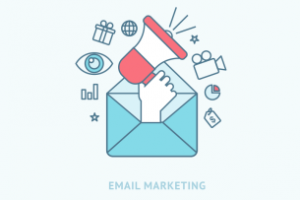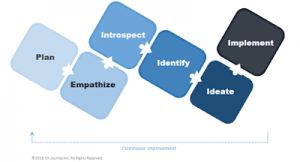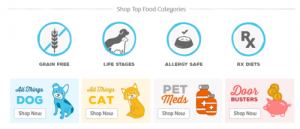Raise your hand if you’ve ever been guilty of this thought:
Those holiday numbers are interesting, but what am I actually going to do with the data?
By the time we’ve dug through holiday results and Q4 numbers on the whole, we’re fairly fatigued. We went through a month-plus of daily updates, got a little reprieve to spend time with our families, and returned to work to the first of many review-type articles and reports.
But there’s something in those reports, something that you usually only find when you look a year or two back. And that’s this: leading indicators.
In the past, for instance, our Ecommerce Quarterly data for the final quarter of a fiscal year has pointed us to the explosion in mobile commerce, and, before that, a consumer change in email habits.
So, what’s the big trend spotted in 2014? Here are three ecommerce sales trends to keep your eyes on.
1. Bounce rates are on the rise.
Q4 2014 might have included a recording-breaking holiday season for ecommerce, but it’s becoming more and more clear that consumers are becoming less and less patient. The average bounce rate for the quarter was 30.2%—nearly the second highest of the last five quarters, and more than a half a percentage point higher than Q4 2013.
When viewed through our previous analysis that shoppers are doing their browsing elsewhere and, therefore, visiting a website with a more narrow focus, this trend may be the one to pay the most attention to.
2. The mobile conversion is the biggest ecommerce problem out there.
One quarter of all shoppers who visited an ecommerce site from an email in Q4 2014 did so on a mobile device. If you’re a marketer, you should be thankful mobile’s market share was that low.
On the whole, mobile conversion rate was down YOY from 1.06% to .92%.
And those types of declines only happen when you have really bad performance in some otherwise unexpected places. For instance: Despite having the best overall performance of any referral channel, email converted mobile shoppers at an abysmal .68%. By comparison, a desktop shopper clicking through an email converted at a rate of 3.27%, for example. Clearly, we don’t need to point out to you the bottom line impact 3.27% v. .68% could have on a business.
3. Social is becoming shoppable.
Those questioning social’s viability as a shopping channel can relax… at least for now.
As referral traffic goes, social was the strongest YOY performer. It gained in traffic share (albeit slightly), increased conversion rates (from .64% to .87%) and increased revenue per session (from $ .79 to $ .97). Want more notable improvements? Social shoppers now spend more time on site and visit more pages when there.
Though all social KPIs pale in comparison to search and email, they’re growing quickly and trending in the right direction (unlike mobile performance). Add to that positive momentum Facebook’s “buy” button test and the rumors of Pinterest creating its own, and the friction association with social-to-site ecommerce is suddenly a lot less.
If you’re looking for ways to solve problems associated with these trends, download a copy of our latest EQ, which looks at how some of the top performers in ecommerce outperformed the industry average in each of these areas with personalization tactics.
(258)




